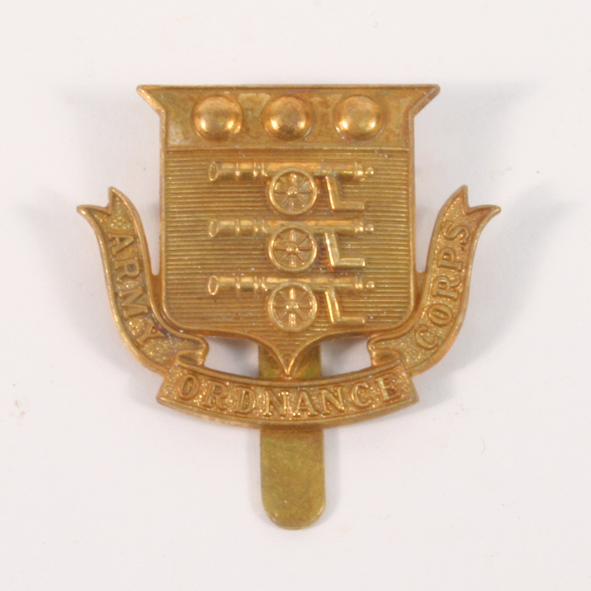Personal Details
Born: Quarter 4 1888 in Whitchurch, Shropshire and baptised at St. Alkmund`s Parish Church on 14 December 1888.
Family: He was the eighth of nine children born to Enoch Day, a shoe maker, and his wife Mary, nee Beddow. He married Hilda J. Jones Quarter 3 1915 in Oswestry, Shropshire. No children can be found for the marriage. His wife died in 1938.
Residence: From the time of his birth until 1911 the family lived at 12 Claypit Street, Whitchurch. On the 1919 Absent Voters List for Whitchurch Enoch`s address was given as 19 High Street. By 1939 he was living at 11 High Street, Wem, Shropshire.
Employment: In 1901 he was an apprentice in the boot trade and by 1911 he is an assistant in a boot shop. The 1939 Register stated that he was a boot dealer and salesman.
Died: 4 April 1941 in Whitchurch, Shropshire, aged 52.
Military Details
Regiment: Army Ordnance Corps.
Rank: Private
Service Number: 035876
Date of Enlistment: Not known
Date of Discharge: Not known
Reason for Discharge: Not known
Enoch was awarded the Campaign Medals (British War Medal, and Victory Medal).

The British War Medal (also known as 'Squeak') was a silver or bronze medal awarded to officers and men of the British and Imperial Forces who either entered a theatre of war or entered service overseas between 5th August 1914 and 11th November 1918 inclusive. This was later extended to services in Russia, Siberia and some other areas in 1919 and 1920. Approximately 6.5 million British War Medals were issued. Approximately 6.4 million of these were the silver versions of this medal. Around 110,000 of a bronze version were issued mainly to Chinese, Maltese and Indian Labour Corps. The front (obv or obverse) of the medal depicts the head of George V. The recipient's service number, rank, name and unit was impressed on the rim.
The Allied Victory Medal (also known as 'Wilfred') was issued by each of the allies. It was decided that each of the allies should each issue their own bronze victory medal with a similar design, similar equivalent wording and identical ribbon. The British medal was designed by W. McMillan. The front depicts a winged classical figure representing victory. Approximately 5.7 million victory medals were issued. Interestingly, eligibility for this medal was more restrictive and not everyone who received the British War Medal ('Squeak') also received the Victory Medal ('Wilfred'). However, in general, all recipients of 'Wilfred' also received 'Squeak' and all recipients of The 1914 Star or The 1914/1915 Star (also known as 'Pip') also received both 'Squeak' and 'Wilfred'. The recipient's service number, rank, name and unit was impressed on the rim.

